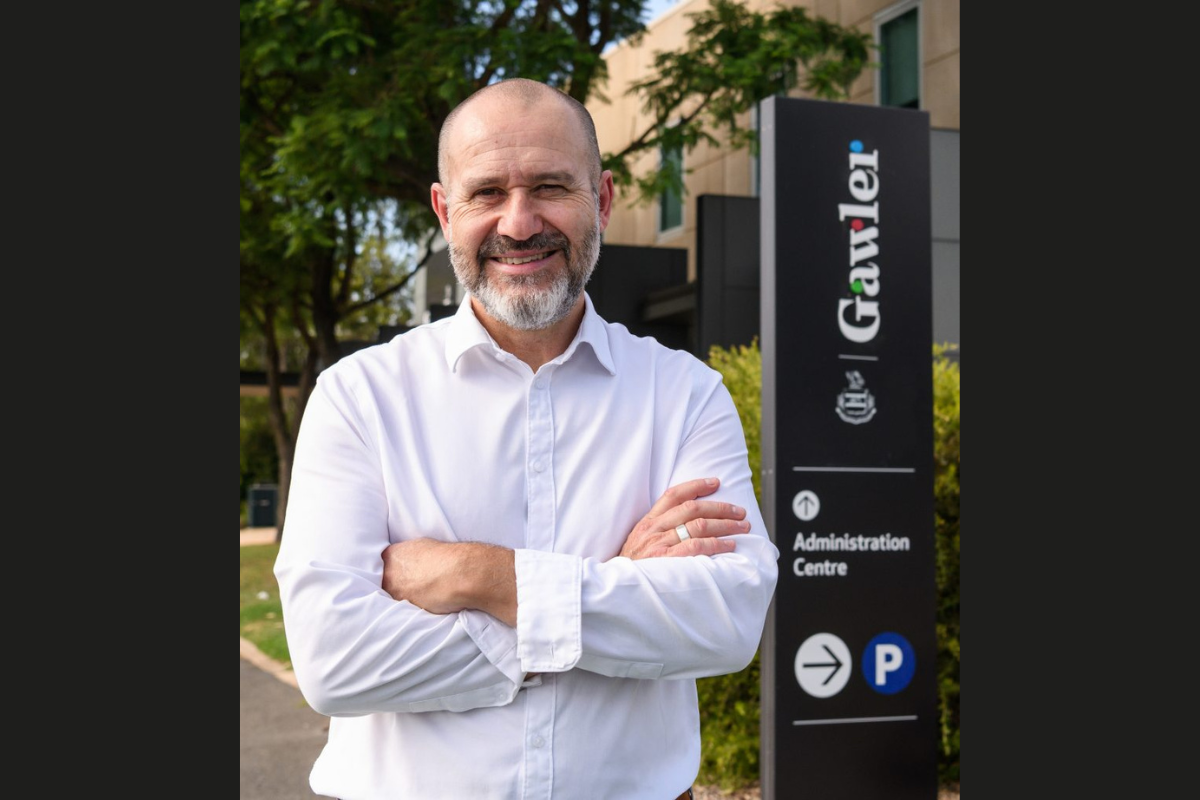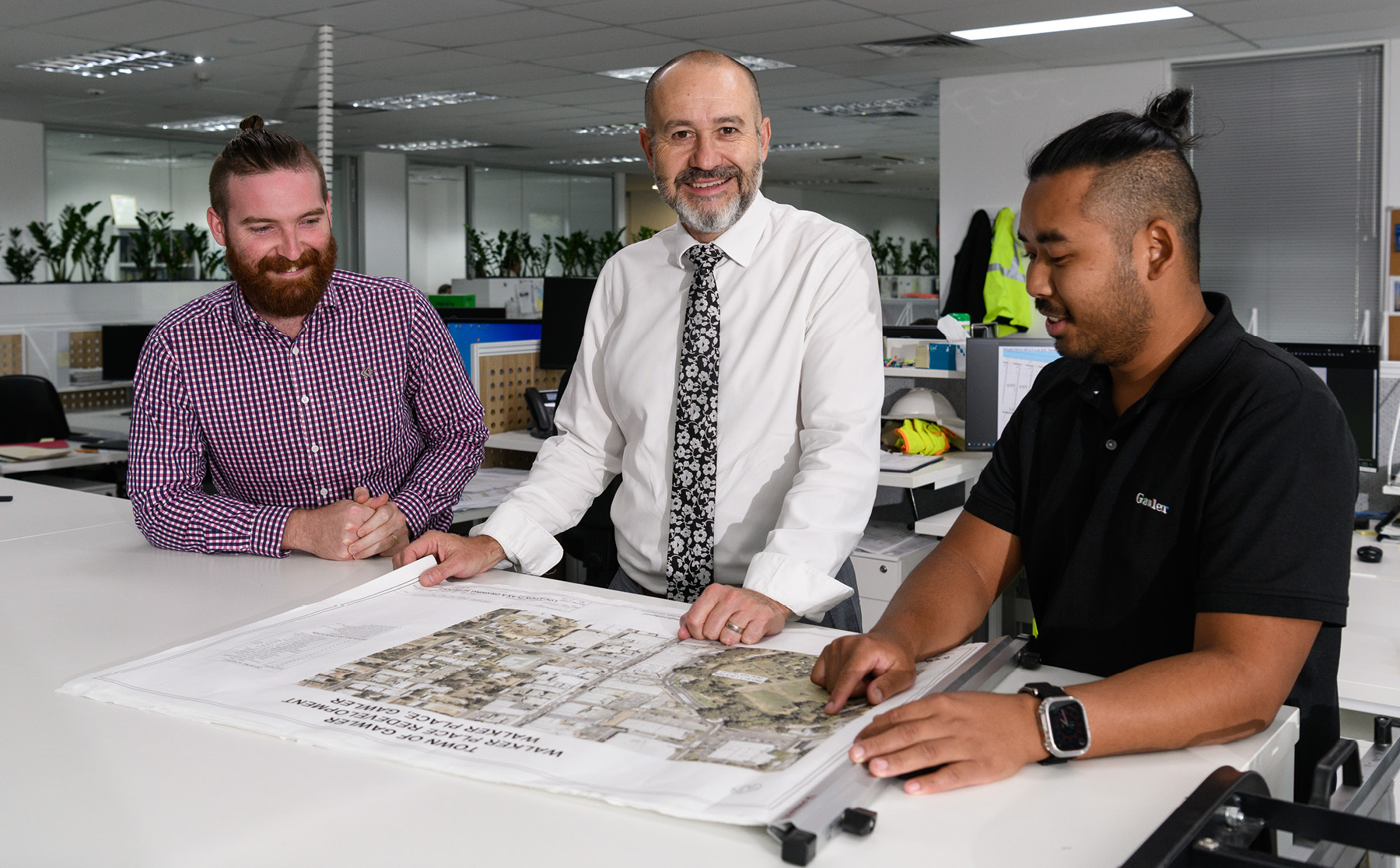Expanding with Purpose: Henry Inat
Gawler ranks among the fastest-growing communities in South Australia. Council CEO Henry Inat has implemented a plan for accommodating that growth without sacrificing sustainability or environmental stewardship.
When Henry Inat was hired as CEO of Gawler Council in 2013, the town was already one of South Australia’s best-kept secrets.

With its natural beauty, new housing developments and easy access to both Adelaide city and the famed vineyards of the Barossa Valley, moving to Gawler was often an easy decision for newcomers.
The Gawler Community Plan 2030+ describes the community as a livable, cohesive, active, innovative and sustainable community. "Get into Gawler!" the local government pitches prospective residents in its advertisements.
Inat is tasked with overseeing Gawler’s growth and ensuring top-notch infrastructure and services for newcomers and long-time residents alike, all while not losing sight of the Council’s sustainability and climate goals.
"We are one of the main growth areas in the region. We are – and we function as – a regional service center," Inat says of Gawler.

We’ve been on a journey to understand what culture is, to demystify culture, to quantify culture.
"We’re certainly working with our neighbors at an operational level, but we would be keen to progress other collaborative opportunities in the future as well," he tells The CEO Magazine.
Managing growth is no easy matter, especially without a plan or the proper public policies. Inat realized upon arrival in the role that the community lacked such policies for facilitating growth and what that meant relative to both physical and community infrastructure.
"Over the course of the first three-to-five years, we filled that policy vacuum with a whole raft of studies, transport, open space, storm water, community and recreational facilities, including a raft of others, which the community has benefited from," he explains.
"And we’re now at a sequence of reviewing and refreshing those plans as we prepare for the next chapter of growth."
Dating back two centuries
Located on the northern edge of Adelaide’s metropolitan area, Gawler boasts a rich history. The region is the traditional home to the Kaurna people, whose custodianship is acknowledged by the Gawler Council. Gawler itself was founded in 1836 as South Australia’s first inland town outside of Adelaide. It was proclaimed a municipality in 1857.
With a population of 24,988, according to the 2021 census, Gawler Council expects the town grow to 37,246 residents by 2036.
We’re certainly working with our neighbors at an operational level, but we would be keen to progress other collaborative opportunities in the future as well.
Accommodating an expanding population remains a top priority for Inat as he enters his second decade as CEO of the Gawler Council. He lists the funding and maintenance of infrastructure as imperatives, along with ensuring "equity in the provision of services and facilities in both the new growth areas, but also the established areas of Gawler".
Inat is also implementing Gawler’s community plan, which outlines ambitious goals for growth management, the environment, community, identity and leadership.
"They’re the pillars of our community plan, and that forms a forever constant reference and alignment to our long-term financial plans, our asset management plans, our budget cycle," he says. "It’s all integrated within our corporate management framework."
The community has also put an emphasis on environmental stewardship. Gawler was the first council in South Australia to declare a climate emergency. Actions undertaken on climate include the installation of solar panels on community buildings, starting to transition the Council’s fleet to electric vehicles and increasing the town’s tree cover, among other measures.
"The fluctuation of climatic changes, such as fires and floods, is just one of the challenges confronting Gawler Council," Inat says.
Forced adjustments
The COVID-19 pandemic and the fallout from the war in Ukraine have caused supply chain issues and prompted macroeconomic adjustments. Recruiting and retaining staff is also proving challenging in a post-pandemic world.
Inat has prioritized cybersecurity, too, as a hack or ransomware attack could cost the Council dearly. "We’ve invested quite a bit in our IT systems and security platforms and firewalls and so forth," he says. "But it’s a daily challenge to keep the hackers out of our system."
A town planner by profession, Inat arrived in Gawler after holding director roles in Mount Barker and on the Charles Sturt Council.
We’ve invested quite a bit in our it systems and security platforms and firewalls and so forth. But it’s a daily challenge to keep the hackers out of our system.
Council CEOs play an important role in local government, advising elected members, implementing council decisions and overseeing administration and operations.
"Being a CEO in the local government is an exciting job," Inat says. "With good administration and constructive relationships with elected members, we’ve worked together through thick and thin."
Advancing the community
Inat has pushed innovations in Gawler, while preserving its historic appeal and restoring its treasures.
The Council approved a multimillion dollar renovation to the Town Hall Civic Centre, – part of a plan to revitalize Main Street – which reopened in 2019, housing a library, cultural heritage center and event and meeting spaces.
The center also hosts a business innovation hub that provides co-working space and forms part of GigCity Adelaide Project, which offers affordable and fast internet connections for businesses and entrepreneurs.
The town has also installed CCTV cameras to help with public security and introduced free public wi-fi in its commercial precinct.
Inat has applied a similar spirit of innovation to managerial matters. He’s put a special priority on workplace culture. "We’ve been on a journey to understand what culture is, to demystify culture, to quantify culture," he says.
The Council has twice used the Organizational Culture Inventory survey to measure its cultural inventory and will do so again in 2023.
"Over the years, we’ve become more aware of constructive behaviors, constructive cultures being more or equally people-focused as compared to task-focused," he says of the survey.
"Time and time again, when we do poll surveys and other touch points, conversations with staff when talking through culture, it’s about communication. It’s about recognition, it’s about fairness and equity, which are aligned to our values within the organization."